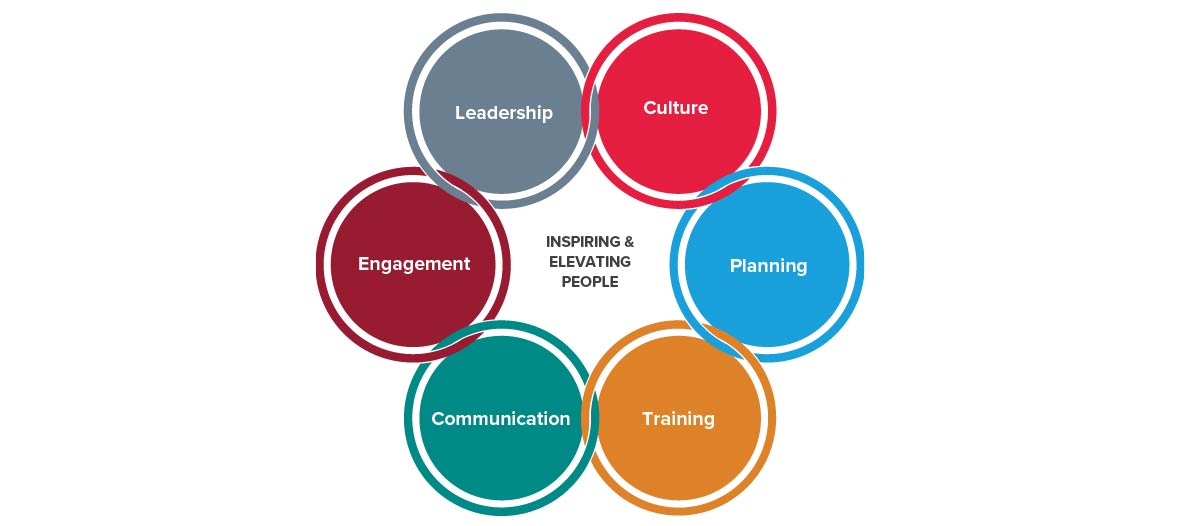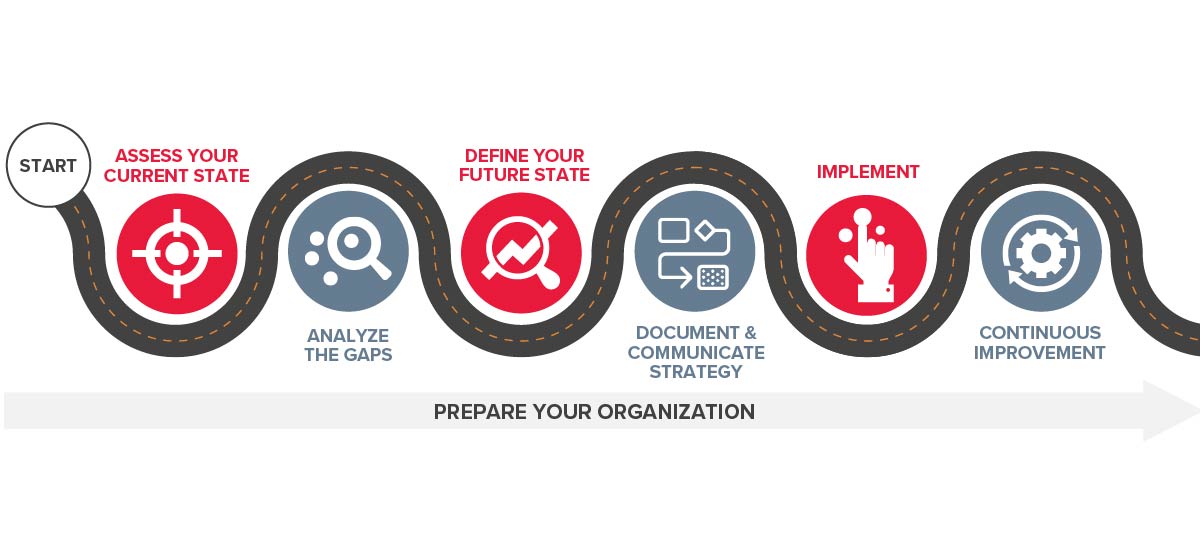Upskill Your Tax Department to Optimize Your Tech Investments
This article was originally published by Bloomberg Tax. Reproduced with permission. Published October 21, 2022. Copyright 2023 Bloomberg Industry Group, Inc.
The tax executive’s role will become even more vital as access to cash tightens and inflation shrinks profit margins. Tax departments can help their organizations by pursuing tax transformation, says BDO’s Haley Dobre.
Tax executives face a difficult balancing act. They want to provide strategic value to the business as compliance requirements increase and policy changes accelerate, all while the economy may be headed toward a recession. Not only do tax departments need to do more with less, but they also need to do it more quickly and strategically.
The role of the tax executive will become even more vital as access to cash tightens and inflation shrinks profit margins. Tax departments can help their organizations thrive amid these pressures by pursuing tax transformation, which involves updating and integrating tax processes, data, people, and technology to support business goals and enable a total tax approach. Most organizations have invested in cutting-edge tools and technologies, but now what? Upskilling talent—to operate and maintain tax solutions and retain top talent—is the most critical element of successful evolution within tax.
Strategies to Upskill Your Tax Department
A successful talent strategy requiring planning, training, communication, engaging peopling, providing leadership opportunities and fostering a positive culture.

Challenges With Change Management and Training
Many tax departments aren’t set up for this strategic role in broader business planning. In some cases, businesses haven’t invested in tax technology and are left with outdated and manual processes, preventing tax leaders from providing progressive insights to management. For departments that have already invested in technology to optimize tax processes, the biggest challenge is deployment and adequate training to realize the full capabilities as originally envisioned.
There may be a fundamental disconnect between leadership and their staff in this regard, and it is where we see most tax transformation fail. Executives understand the initial business case—the “why”—and they push hard for return-on-investment metrics on the front end and throughout the implementation of new technology or processes. Post-implementation, we find that executives sometimes cut short the dollars allocated to training and documentation at the finish line regardless of the staff’s newfound excitement around the tools.
C-suite and tax executives should accept that the pace of change in the digital age means tax transformation doesn’t end once technology is deployed. Leaders must commit resources through to what is known as the hypercare stage. Hypercare includes providing required training, conducting maintenance, documenting processes and controls, and implementing change management as tax regulation evolves and software updates are released. Having leaders who are dedicated to seeing tax transformation through the full lifecycle can help companies improve talent retention and recruitment. When staff see leaders champion innovation, they feel empowered to embrace technology and elevate their roles to strategic planner from manual manipulator.
Creating a Plan to Develop Your Tax Employees
Every organization’s tax transformation roadmap will look different depending on the tax department’s capabilities, needs, and budget. Fortunately, there are several steps any organization can take to build its strategy.
Begin by assessing your tax department to identify gaps and opportunities. You can ask employees to track how they spend their time over several weeks, then examine where there is opportunity to improve efficiency and reduce errors with the right tools and training. It’s vital to communicate to your tax department that this time analysis is to make their day-to-day tasks easier, not to micromanage productivity.
Next, define the goals of your tax transformation plan and what an ideal future state of your tax department could look like. Set specific goals to properly track against and measure. At this stage, consider whether it is appropriate to hire new talent or if the implementation of training and technology are sufficient to meet stated goals. Should the tax department need new talent, it is important to know the specific areas of need. For example, is there a particular skill set lacking? What kind of experience should the ideal candidate have?
Roadmap for Developing Your Tax Employees

It may be possible for larger organizations to appoint a tax performance leader to champion and oversee the roll-out of major process changes or software implementations and identify training needs as those processes change. While leadership can play an important role in championing tax transformation, middle management also has an important role to play by identifying the right training, including format, for their people, because they are closer to the employees who will work with the technology day-to-day. Employees tend to feel appreciated when leadership invests in their learning and development and will feel encouraged to put that training to good use by working faster and smarter during reporting deadlines.
Training Your Tax Department for Tomorrow
Successful change management may include retraining as well as hiring, but many tax departments struggle with training. According to BDO’s 2022 Tax Outlook Survey, the majority of tax departments say training their teams to use available technology tools and processes is their top challenge.
Training programs are generally more successful if they provide employees with structure. In-person training can be very effective because it forces employees to pause their usual duties and focus entirely on the training. If some employees call into the training remotely, they may not be able to gain as much value from the training as in-person attendees. To promote engagement internally and show your organization is dedicated to employee training, consider developing digital badge or certification systems that employees can display on their LinkedIn profiles.
Technology vendors also organize annual conferences with training sessions. It may be worth the investment to send a few employees to these conferences so they can develop their skills through immersive learning over one to two days.
Training programs don’t necessarily require a significant financial investment, either. Technology vendors typically offer free live training sessions and/or pre-recorded videos on how to get the most value out of their tools and platforms.
Your Tax Department Can Take a Strategic Role
Modernizing the tax function can improve data management, enabling your workforce to be a strategic adviser by promptly providing leadership with data-backed insights. By analyzing your processes, developing a tax performance roadmap, and designing an upskilling program aligned with your future goals, you can build and retain an agile and strategic tax department.
Free Tax Process Assessment
Transforming the tax function helps businesses recognize valuable time and cost-savings, make smarter decisions faster, and react and respond more quickly to new regulatory obligations and changing market forces. This is where BDO can help with a free Tax Process Assessment.
SHARE